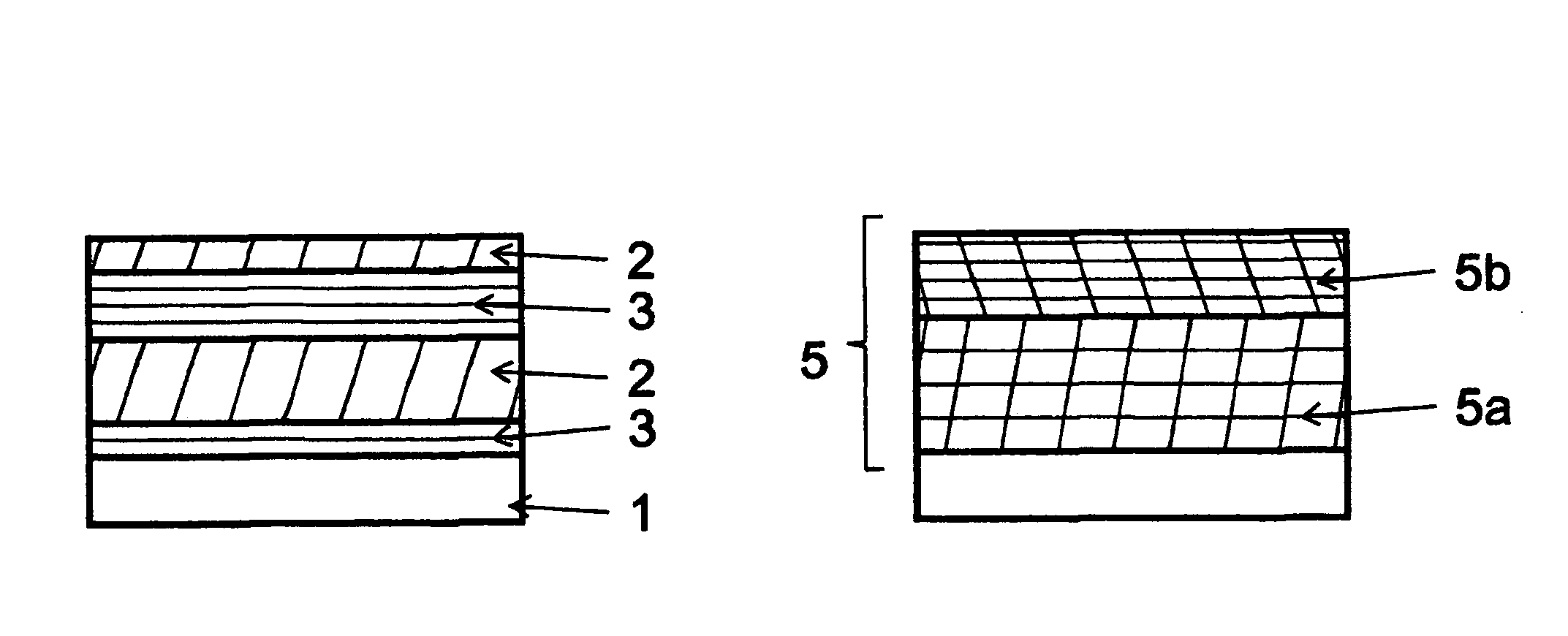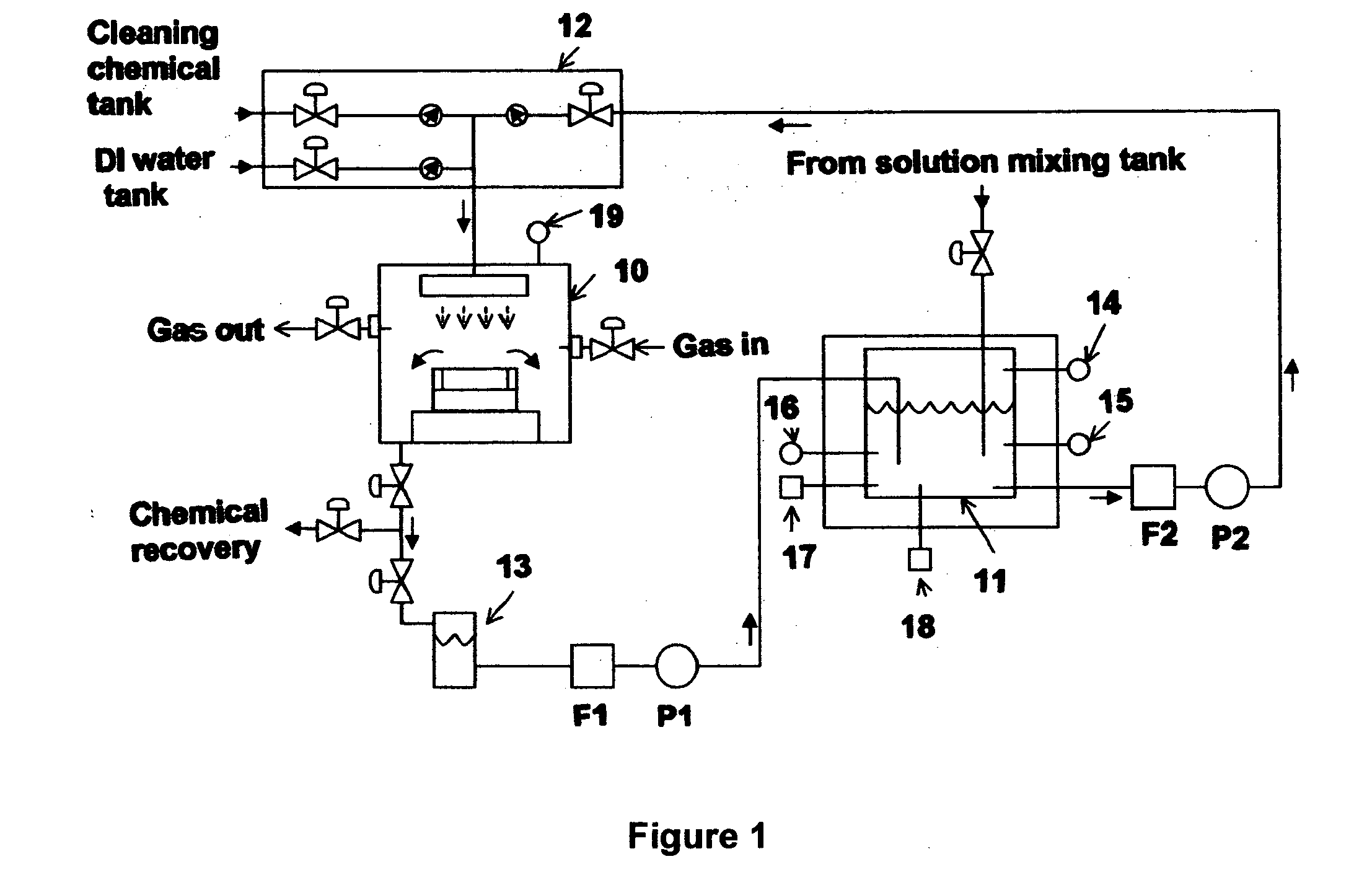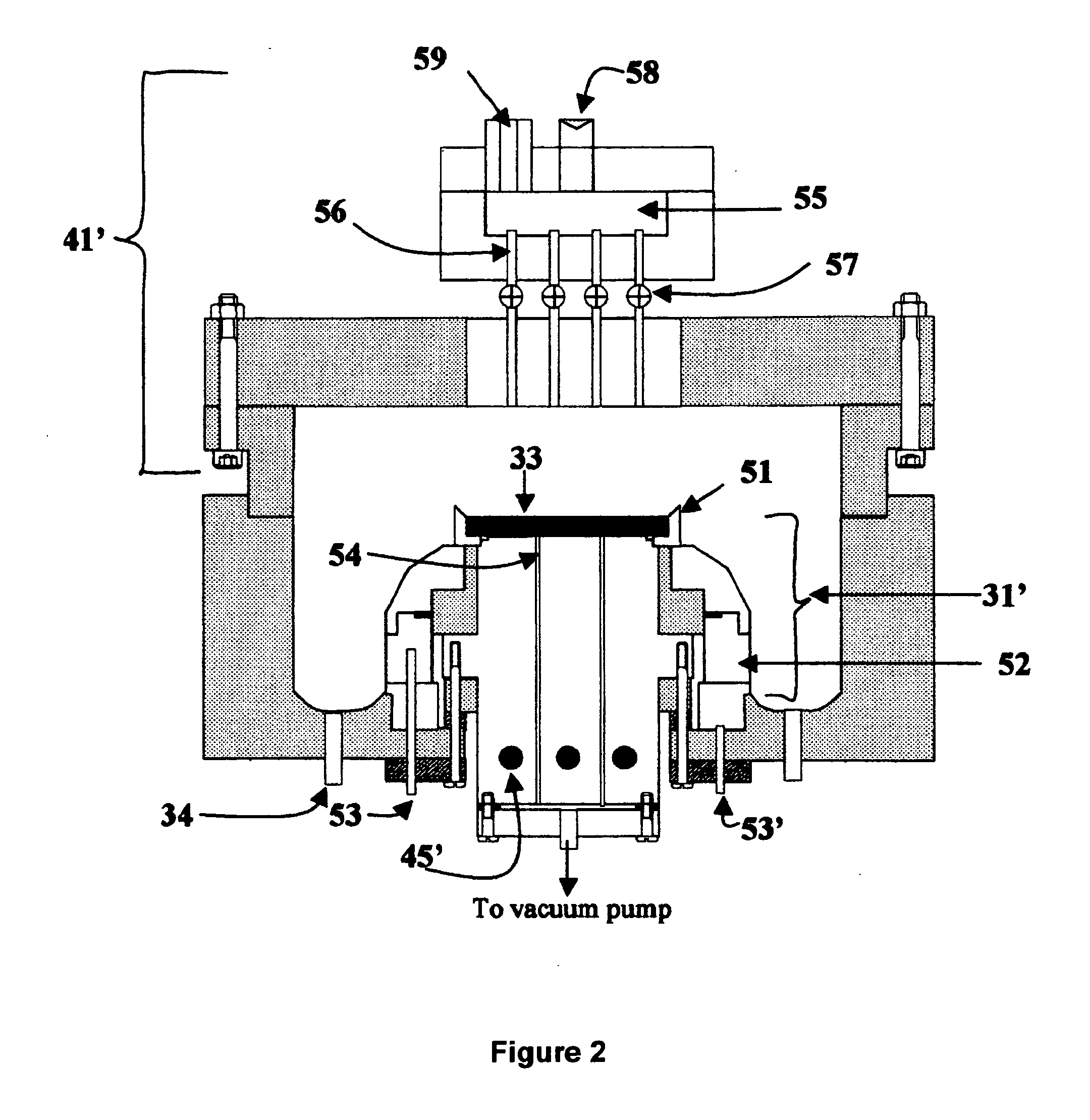Method for fabricating copper-containing ternary and quaternary chalcogenide thin films
a technology of ternary and quaternary chalcogenide and thin film, which is applied in the direction of liquid/solution decomposition chemical coating, coating, semiconductor devices, etc., can solve the problems of limiting electrical performance characteristics, non-stoichiometric proportions, and deposited films often include relatively high defect densities, so as to improve physical, chemical, optical, and easy control
- Summary
- Abstract
- Description
- Claims
- Application Information
AI Technical Summary
Benefits of technology
Problems solved by technology
Method used
Image
Examples
example
[0084]A graded film consisting predominantly of the phase Cu2ZnSnS4 was deposited on Mo-coated stainless steel in the sequence CuS—SnZnS—CuS—SnZnS. For VPSPEED SnZnS deposition, the reagent solution consists of SnCl3 0.0025M, zinc nitrate 0.0025M, and thiourea 0.0075M in 1:1 ethanol-de-ionized water solution maintained at 15° C.; tions, and the substrate kept at 160° C. For LPSPEED CuS deposition, the aqueous reagent solution consisting of copper sulfate 0.005M, triethanolamine 0.09M, citric acid 0.125M, nitriotriacetic acid 0.03M and thioacetamide 0.008M was used. This reagent solution was maintained at 15° C. and dispensed onto the heated substrate, which was held at about 120° C. The complete grown film was then annealed in Ar / N2 ambient at about 210° C. for about 10 minutes.
[0085]The resulting film, about 0.8 μm thick, was analyzed by SIMS and the depth profile is shown in FIG. 7. It can be seen that Cu and S are fairly uniformly distributed throughout the film, whereas Sn and Z...
PUM
| Property | Measurement | Unit |
|---|---|---|
| temperatures | aaaaa | aaaaa |
| droplet size | aaaaa | aaaaa |
| temperature | aaaaa | aaaaa |
Abstract
Description
Claims
Application Information
 Login to View More
Login to View More - R&D
- Intellectual Property
- Life Sciences
- Materials
- Tech Scout
- Unparalleled Data Quality
- Higher Quality Content
- 60% Fewer Hallucinations
Browse by: Latest US Patents, China's latest patents, Technical Efficacy Thesaurus, Application Domain, Technology Topic, Popular Technical Reports.
© 2025 PatSnap. All rights reserved.Legal|Privacy policy|Modern Slavery Act Transparency Statement|Sitemap|About US| Contact US: help@patsnap.com



